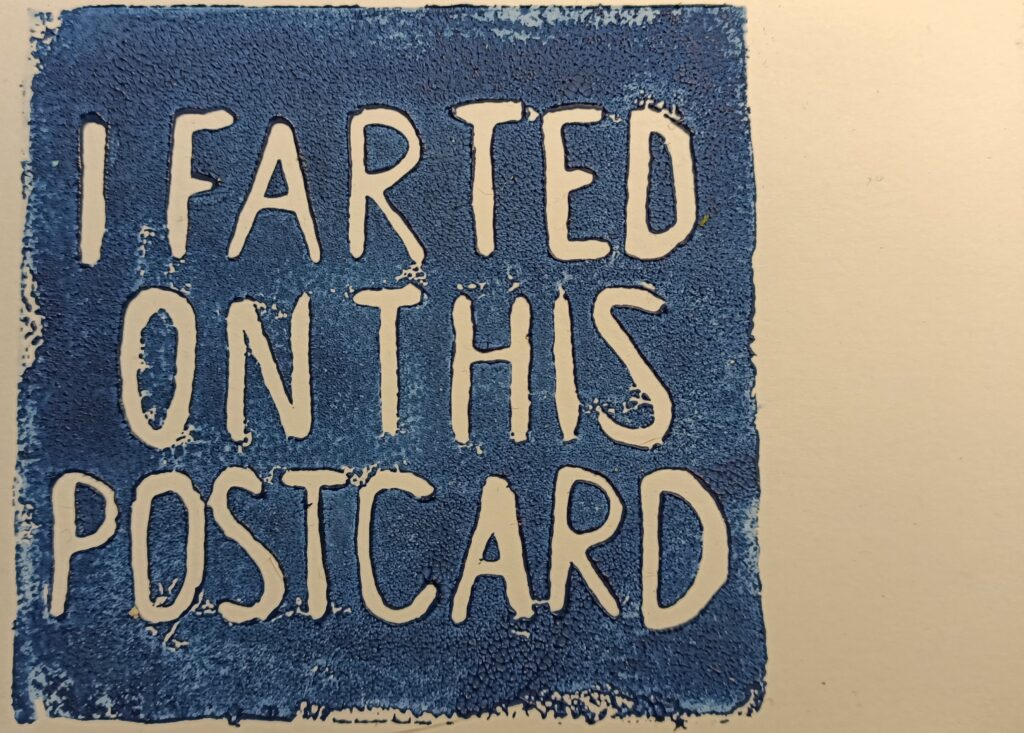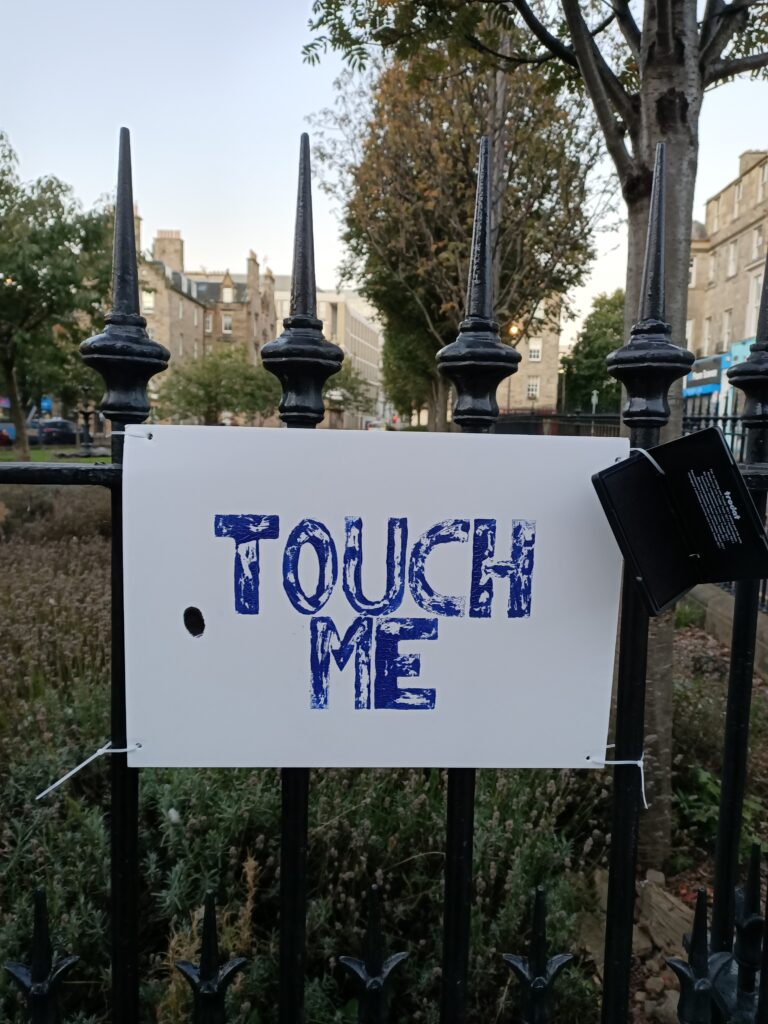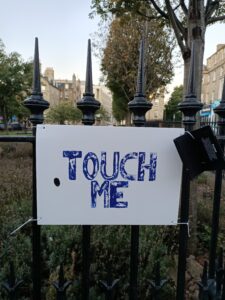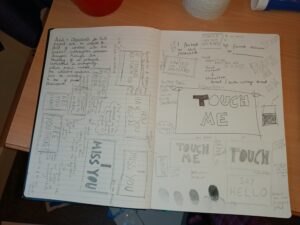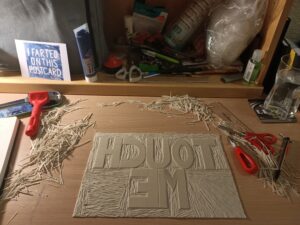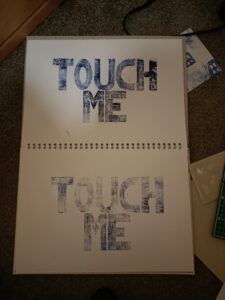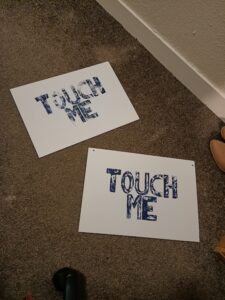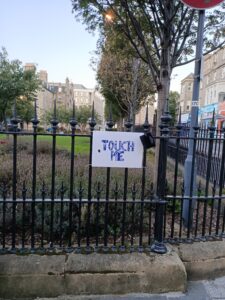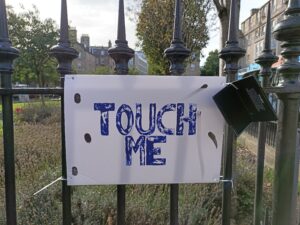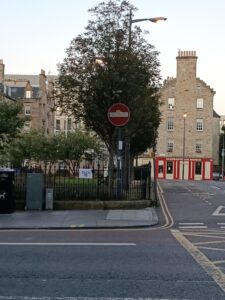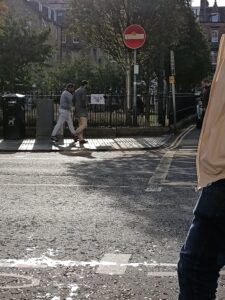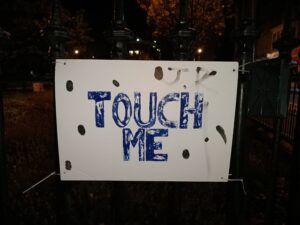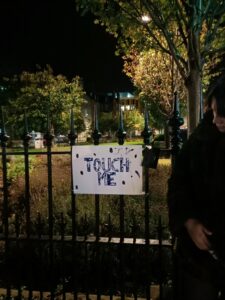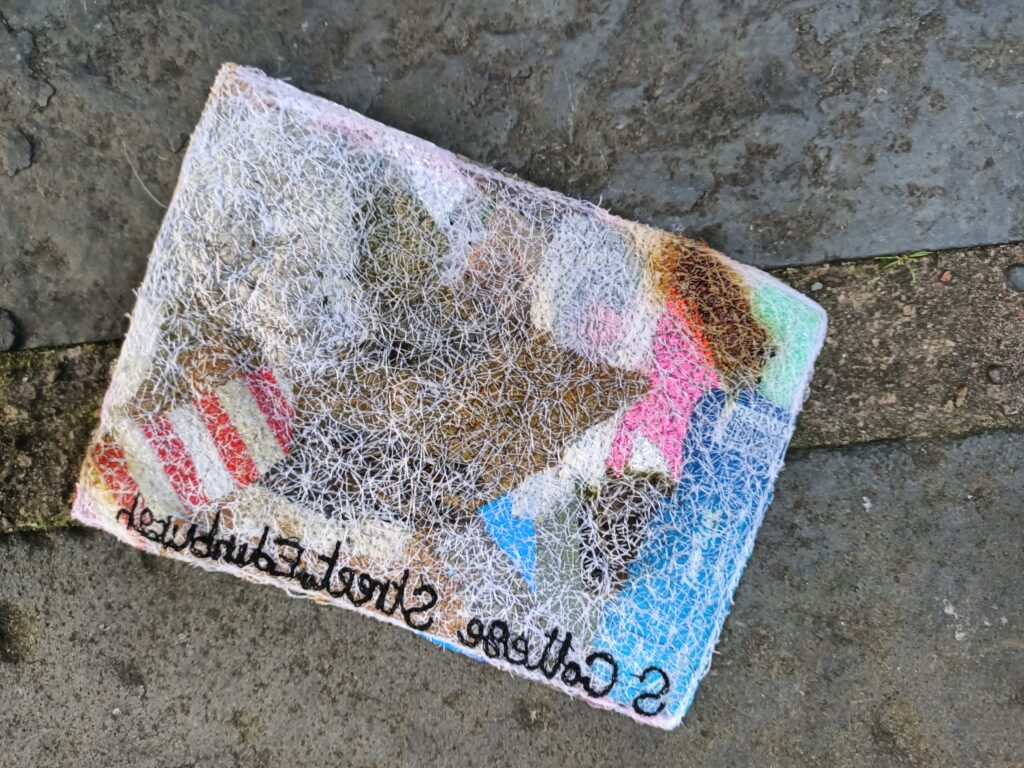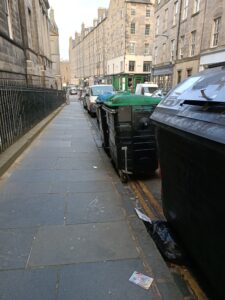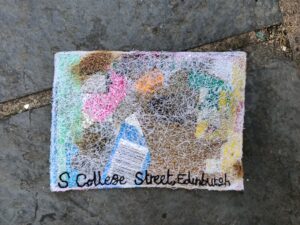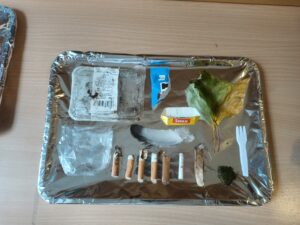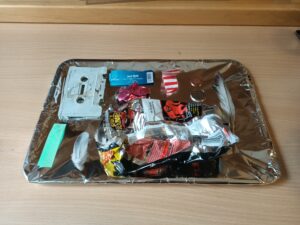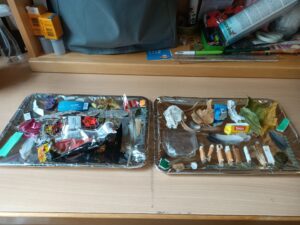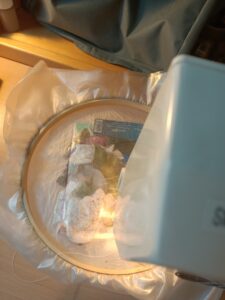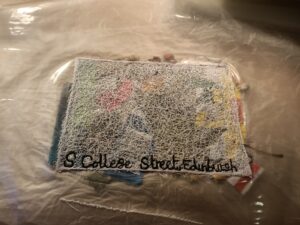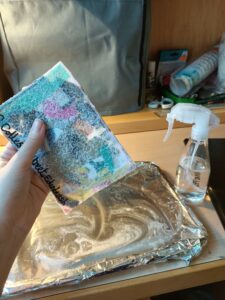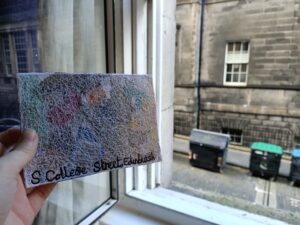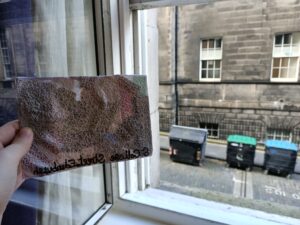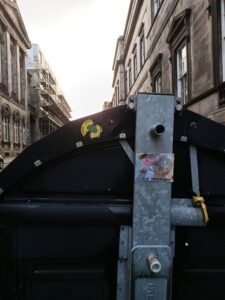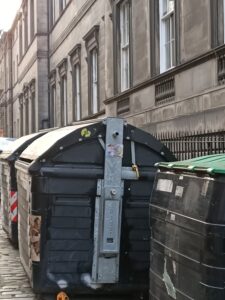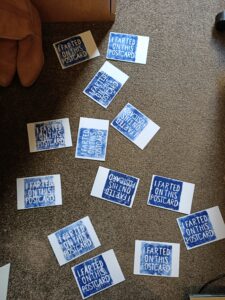
Schrödinger’s Fart.
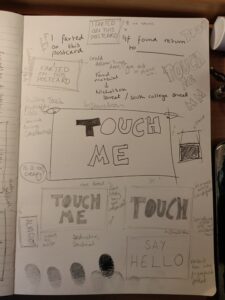
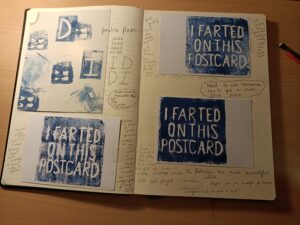
I am very interested in the DADA way of thinking, in both art practice and life, humour, spontaneity and a divergence from the norm/a lack of “class” are very important to me. I particularly enjoy distributing my pieces myself, and am a big fan of public art, ephemera and performance.
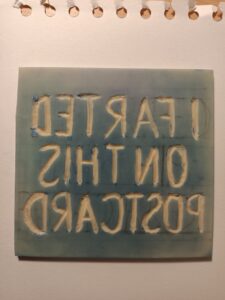
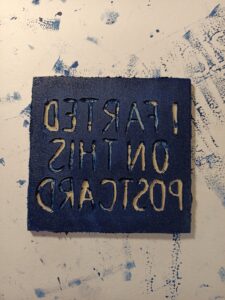
With this postcard I approach the idea of truth in art. I declare an action has been taken upon the postcard that cannot be proved, and by doing this change the narrative of the piece of card. You will never know if I have indeed farted on the postcard, therefore to you, I both have and haven’t, it is forever in question – Schrödinger’s Fart. I’m interested in this state between knowledge, as well as how our knowledge of actions taken on or with objects impacts our view of those objects.
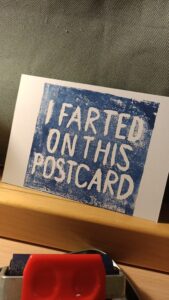
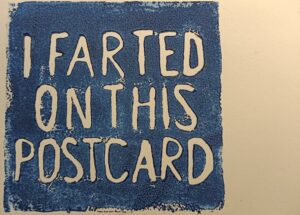
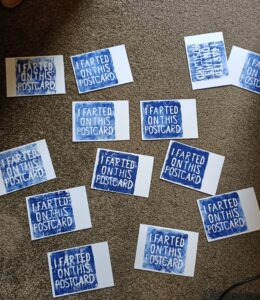
This print is of course quite graphic, by printing on the cards I have physically altered them, so it is not the same thing as me simply handing someone a blank card and verbally telling them I have farted on it. Perhaps I could experiment with that way of looking at these ideas, however I really like the appearance of these prints (although the ink quality could definitely be improved) and I think they hold more power as objects having gained the fart print. It is also much easier to convey the idea of the action if it is permanently stamped onto the object, rather than attempting to speak to everyone you hand the cards out to.
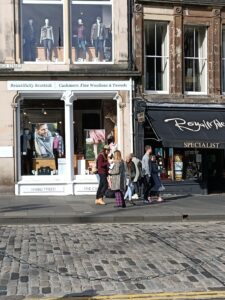
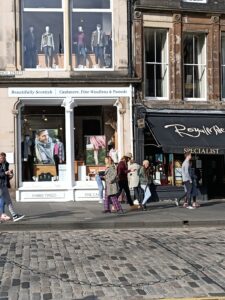
I distributed the pieces by plaguing strangers on the Royal Mile, asking if they would like a postcard in a similar manner to those charity workers whose job it is to flag down members of the public in busy parts of Leeds (and probably every large city). The biggest hurdle in giving them away was the first contact as many people are simply not interested in stopping, talking or taking a hand-out – this may be related to Coronavirus. I found however that the majority of people who took the time to look at the postcard would then soften up, usually taking one with a laugh. There were definitely a fair few weird looks, but I really enjoyed giving out the cards and would like to do something like that again.
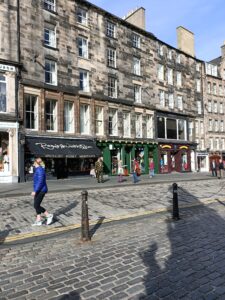
Batman even came over to receive a card at one point, and I am told he later sniffed it.
